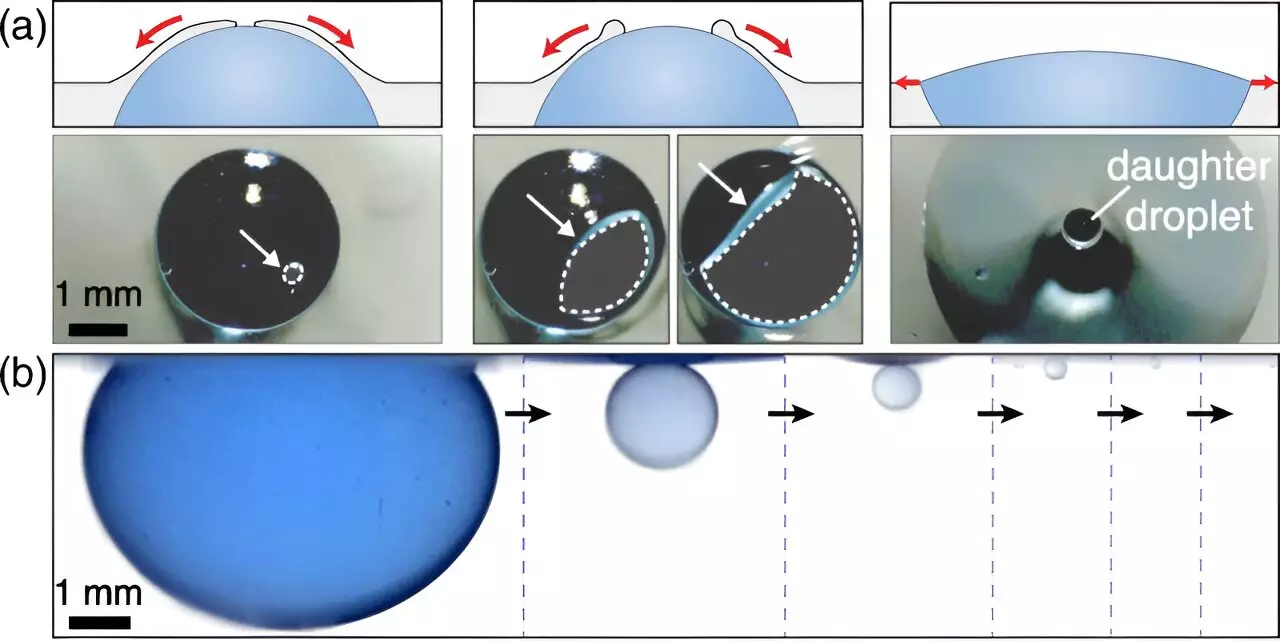Recent research conducted at the University of Illinois Chicago has uncovered a startling revelation about underwater oil spills. The common misconception that oil spills only affect the surface of the water has been shattered. According to the findings, oil drops from underwater oil spills can break into smaller droplets that remain suspended in the water, posing a significant threat to marine life and ecosystems.
Led by Sushant Anand, a team of researchers delved deep into the mechanics of how oil transforms from a drop to a slick. Contrary to popular belief, when oil drops reach the water’s surface, they do not immediately form a flat film. Instead, they remain partially submerged for a period. As the thin film of water covering the exposed part of the drop breaks, the submerged part deforms and breaks off into smaller “daughter” droplets. This process repeats, creating a continuous cycle of tiny oil droplets in the water.
The discovery of this phenomenon has significant implications for oil spill cleanups. Traditional cleanup methods may be ineffective in removing these minuscule oil droplets from the water, leading to long-term pollution. Anand emphasized the need for a better understanding of oil dispersion to develop more effective cleanup strategies. The environmental consequences of underwater oil spills are far-reaching, and urgent action is required to mitigate their impact on marine ecosystems.
One potential solution highlighted in the research is the use of biodegradable, water-soluble compounds to increase water viscosity and prevent the formation of daughter drops. By increasing the viscosity of the water, it may be possible to keep the oil drops intact so that the entire drop rises to the surface and can be collected more easily. This innovative approach could revolutionize oil spill cleanup efforts and minimize the spread of pollution in the ocean.
The findings of this study also have implications for oil companies and their spill response strategies. Models used to predict the size and spread of oil spills should take into account the possibility of oil droplets remaining suspended in the water for an extended period. Incorporating this information into spill response plans could improve the effectiveness of cleanup efforts and reduce the environmental impact of oil spills.
As further research is conducted on the impact of tiny oil droplets on underwater species, a clearer picture of the full extent of damage caused by underwater oil spills will emerge. It is crucial for scientists, policymakers, and industry stakeholders to work together to address this pressing environmental issue. By enhancing our understanding of oil dispersion mechanisms, we can develop innovative solutions to protect our oceans and marine life from the harmful effects of oil pollution.


Leave a Reply